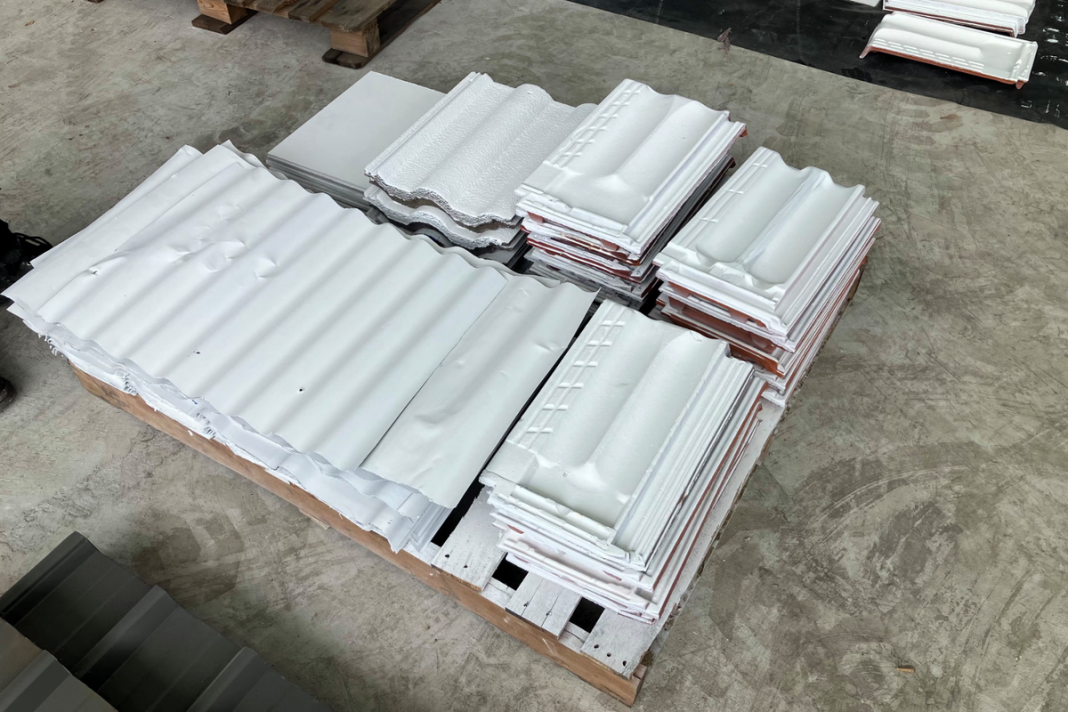Key Takeaways
- New paint reduces surface temperatures by up to 6°C
- Harvests 390ml of water per square meter daily
- Reflects 97% of sunlight while collecting atmospheric moisture
Australian scientists have developed a revolutionary outdoor paint that cools buildings while extracting drinking water from the air. This dual-function coating could transform how we manage extreme heat and water scarcity in arid regions.
How the Water-Harvesting Paint Works
The innovative paint reflects up to 97% of sunlight and radiates heat into the surrounding air. This cooling effect creates ideal conditions for atmospheric water vapor to condense into droplets, similar to how a bathroom mirror steams up during a hot shower.
When applied to angled roofs, the water droplets roll off the surface and can be collected through gutters. A six-month trial demonstrated the coating can harvest 390ml of water per square meter daily – enough to meet one person’s drinking needs from just 12 square meters of painted surface.
“This technology not only advances the science of cool roof coatings but also opens the door to sustainable, low-cost and decentralized sources of fresh water – a critical need in the face of climate change and growing water scarcity,” said Professor Chiara Neto from the University of Sydney’s Nano Institute, who led the research.
Real-World Applications and Benefits
Developed by University of Sydney researchers and startup Dewpoint Innovations, the paint addresses two critical challenges simultaneously: building cooling and water security. The technology works even in arid regions where nighttime humidity levels rise sufficiently for dew formation.
“While humid conditions are ideal, dew can form even in arid and semi-arid regions where night-time humidity rises. It’s not about replacing rainfall but supplementing it – providing water where and when other sources become limited,” Professor Neto explained.
Dr Ming Chiu, Chief Technology Officer of Dewpoint Innovations, highlighted the design’s advantages: “Our design achieves high reflectivity through its internal porous structure, delivering durability without the environmental drawbacks of pigment-based coatings. By removing UV-absorbing materials, we overcome the traditional limit in solar reflectivity while avoiding glare through diffuse reflection.”
The breakthrough, detailed in the journal Advanced Functional Materials, represents a significant step toward sustainable building materials that actively contribute to environmental solutions.





